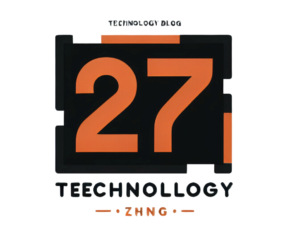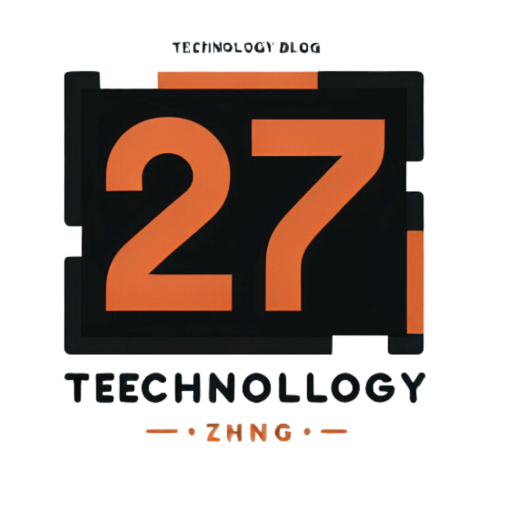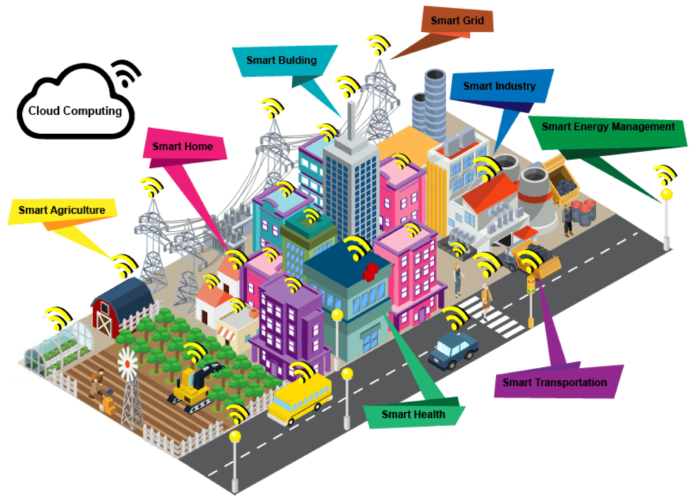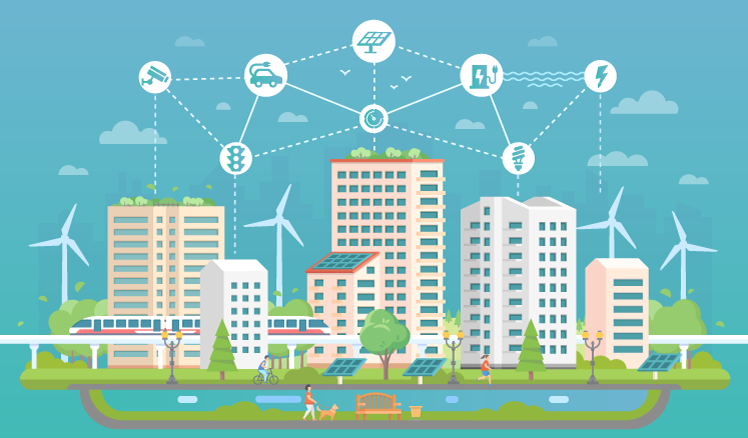The advent of 5G and AI technologies has revolutionized the Internet of Things (IoT) landscape, especially within the context of smart cities. By providing faster, more reliable connectivity and advanced data processing capabilities, these technologies are paving the way for innovative solutions that enhance urban living. This article explores how 5G and AI are transforming IoT in smart cities, offering new opportunities for efficiency, sustainability, and improved quality of life.
1. Enhanced Connectivity and Speed with 5G
Unprecedented Speed and Bandwidth 5G technology offers unprecedented speed and bandwidth, which are crucial for the seamless operation of IoT devices. With data transfer rates up to 100 times faster than 4G, 5G enables real-time communication between devices, reducing latency to just a few milliseconds. This speed is essential for applications that require instant responses, such as autonomous vehicles and remote healthcare.
Massive Device Connectivity 5G supports a massive number of connected devices per square kilometer, significantly more than its predecessor. This capability is vital for smart cities, where thousands of sensors and devices need to operate simultaneously. From traffic lights and environmental sensors to smart home systems, 5G ensures that all these devices can communicate efficiently and reliably.
2. AI-Powered Data Analytics
Intelligent Decision Making AI plays a pivotal role in analyzing the vast amounts of data generated by IoT devices. Through machine learning algorithms and data analytics, AI can identify patterns, predict outcomes, and make intelligent decisions. For instance, in traffic management, AI can analyze real-time traffic data to optimize signal timings, reducing congestion and improving traffic flow.
Predictive Maintenance AI enhances the predictive maintenance of city infrastructure. By continuously monitoring the condition of assets such as bridges, roads, and utility systems, AI can predict potential failures before they occur. This proactive approach helps city authorities address issues promptly, reducing downtime and maintenance costs.
3. Smart City Applications
Traffic Management and Transportation 5G and AI are transforming urban transportation systems. Smart traffic lights, connected vehicles, and real-time traffic monitoring systems work together to minimize congestion and reduce travel time. Autonomous vehicles, enabled by 5G’s low latency, are becoming a reality, promising safer and more efficient transportation.
Public Safety and Security Smart cities leverage AI-powered surveillance systems to enhance public safety. High-definition cameras equipped with AI algorithms can detect unusual activities and alert authorities in real-time. Facial recognition technology aids in identifying suspects, while predictive policing uses data to anticipate and prevent crimes.
Energy Management IoT devices, powered by 5G and AI, play a crucial role in energy management. Smart grids optimize energy distribution by balancing supply and demand, reducing wastage, and lowering costs. AI algorithms analyze energy consumption patterns, helping cities implement energy-saving measures and promoting sustainability.
4. Environmental Monitoring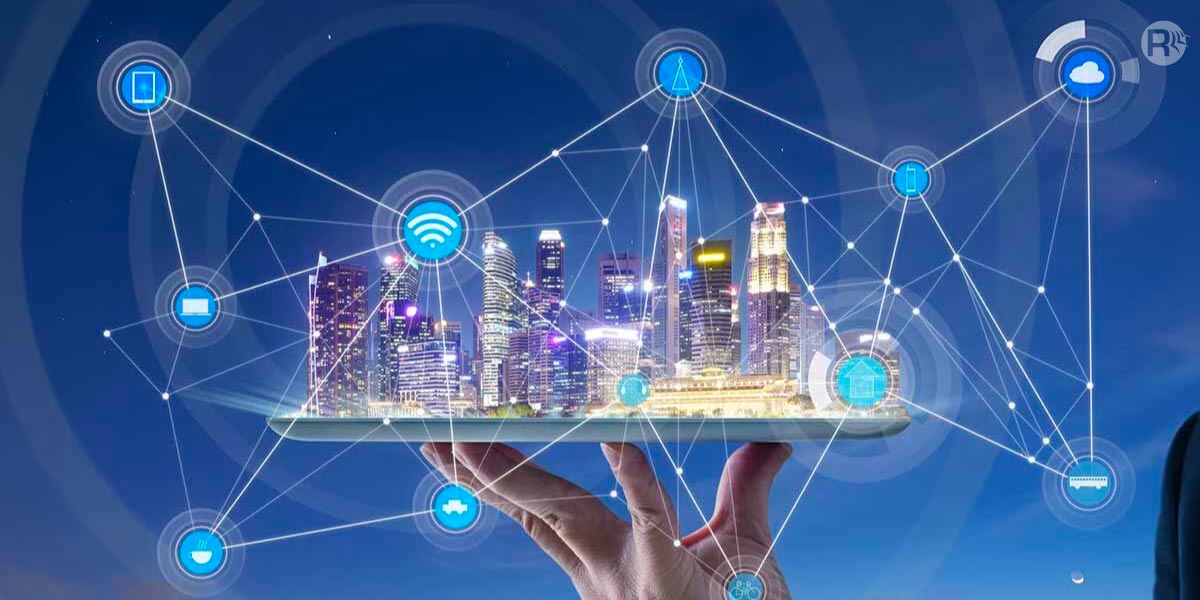
Air Quality and Pollution Control Smart cities utilize IoT sensors to monitor air quality in real-time. AI analyzes the data to identify pollution sources and trends, enabling authorities to take corrective actions. This information is also communicated to the public, raising awareness and encouraging eco-friendly practices.
Water Management AI and IoT technologies are revolutionizing water management. Smart meters and sensors monitor water usage, detect leaks, and ensure efficient distribution. AI analyzes data to predict water demand, helping cities manage their water resources sustainably.
5. Challenges and Considerations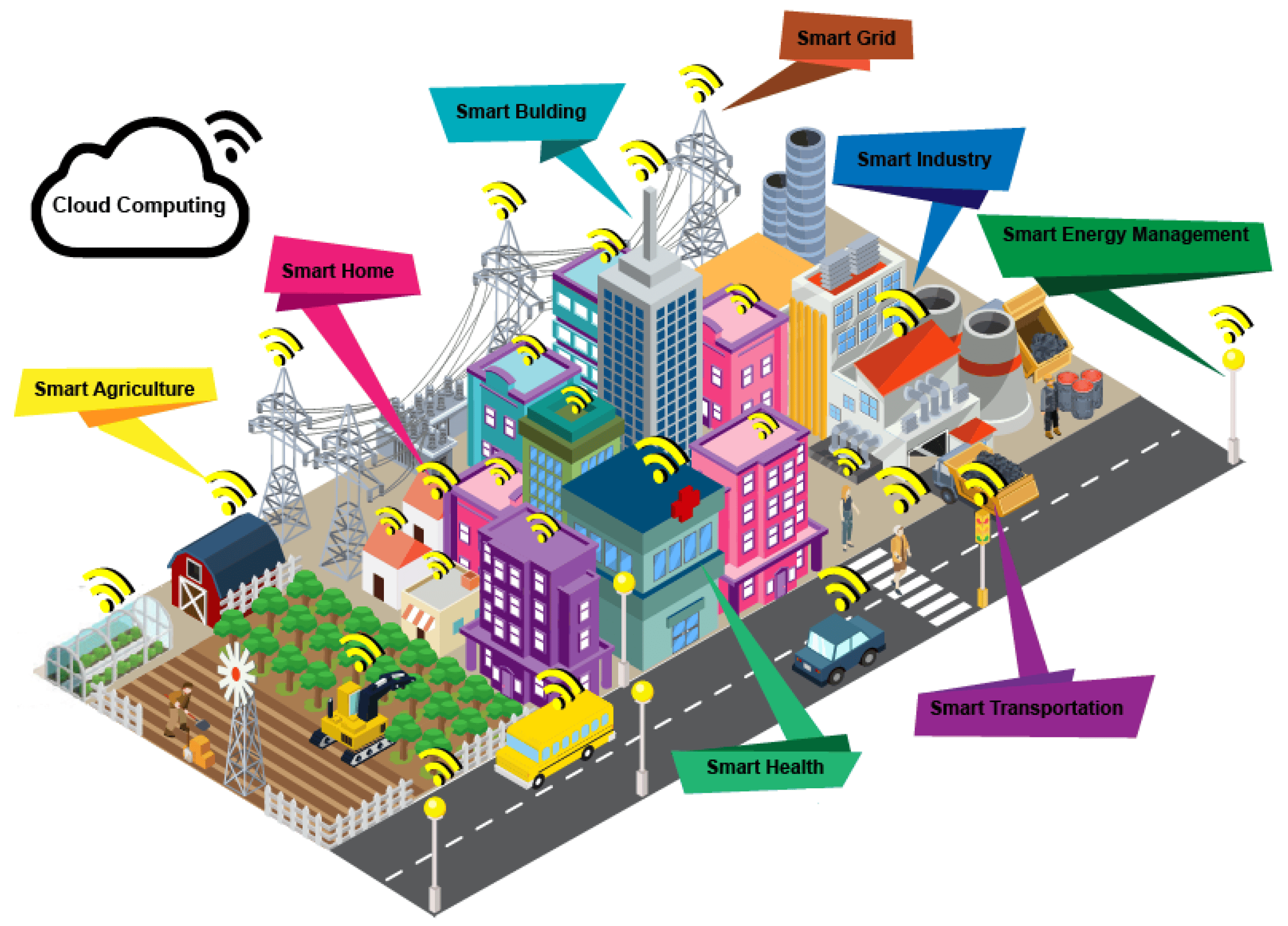
Data Privacy and Security With the increased use of IoT devices and data analytics, ensuring data privacy and security is paramount. Cities must implement robust cybersecurity measures to protect sensitive information and prevent unauthorized access.
Infrastructure and Investment Deploying 5G networks and AI infrastructure requires significant investment. Cities need to collaborate with technology providers and stakeholders to build the necessary infrastructure and ensure widespread adoption.
Interoperability The integration of various IoT devices and systems poses interoperability challenges. Standardizing communication protocols and ensuring compatibility between different technologies is essential for the smooth functioning of smart city solutions.
Conclusion
The combination of 5G and AI is revolutionizing IoT in smart cities, offering transformative solutions that enhance urban living. From improving traffic management and public safety to optimizing energy use and environmental monitoring, these technologies are driving efficiency, sustainability, and quality of life. However, addressing challenges related to data privacy, security, and infrastructure investment is crucial for the successful implementation of smart city initiatives. As cities continue to evolve, the synergy between 5G and AI will play an increasingly vital role in shaping the future of urban environments.
